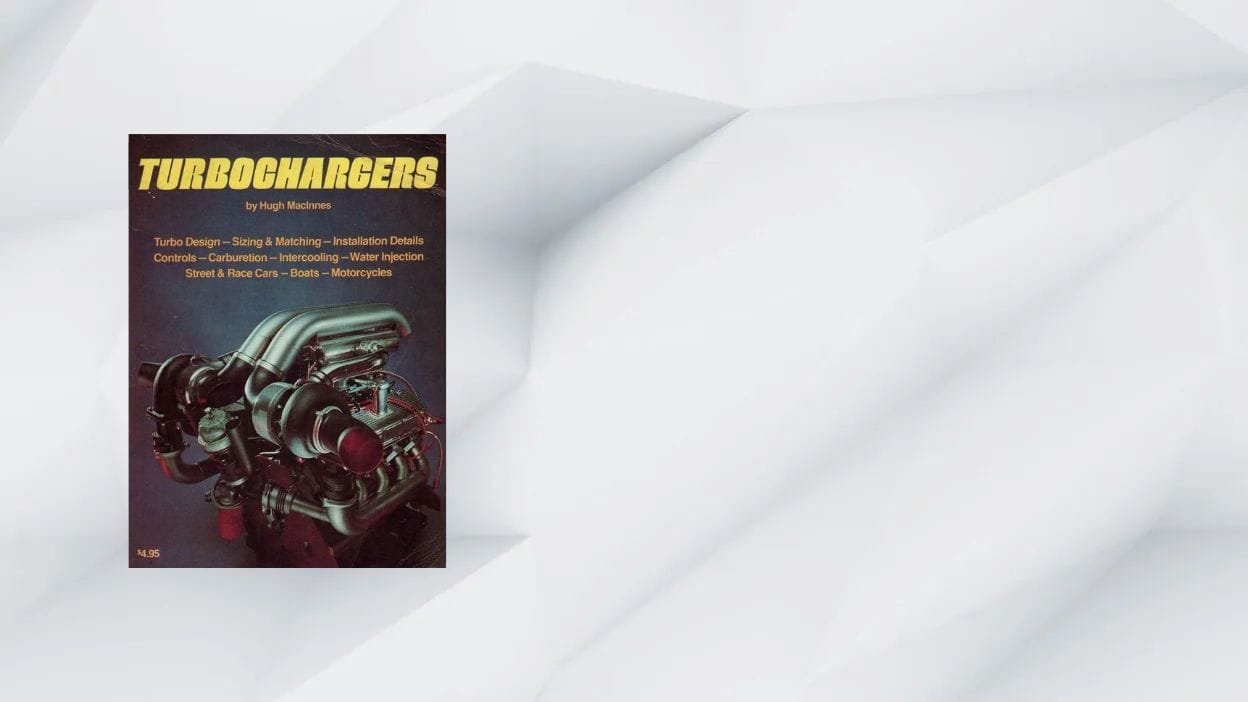Turbochargers are now a key component in modern engines, significantly boosting performance, fuel efficiency, and overall driving experience. Whether you’re a car enthusiast, mechanical engineering student, or professional mechanic, accessing a Turbochargers PDF for free can be an invaluable resource for understanding how they work, how to maintain them, and how to troubleshoot issues.
This guide covers the fundamentals of turbochargers, their types, applications, maintenance tips, and where to find reliable free PDF resources.
1. What Are Turbochargers?
A turbocharger is a forced induction device that compresses air entering the engine’s combustion chamber. This process increases the oxygen available for combustion, producing more power without increasing engine size.
Originally invented in the early 20th century, turbochargers are now common in cars, trucks, airplanes, marine engines, and industrial equipment.
2. How Turbochargers Work
Turbochargers use the engine’s exhaust gases to spin a turbine, which drives a compressor. The compressor forces more air into the combustion chamber, resulting in higher horsepower, improved torque, and better fuel efficiency.
Key Turbocharger Components:
- Turbine Wheel – Driven by exhaust gases.
- Compressor Wheel – Draws in and compresses air.
- Bearing System – Keeps moving parts operating smoothly.
3. Types of Turbochargers
- Single Turbo – Most common; suitable for standard vehicles.
- Twin-Turbo – Two turbochargers for improved power delivery.
- Variable Geometry Turbo (VGT) – Adjusts turbine size for optimal performance.
- Electric Turbo – Powered by electricity, reducing turbo lag.
4. Benefits of Turbochargers
- Increased Power Output – Significant horsepower gains.
- Improved Fuel Efficiency – Better fuel-air mixture reduces waste.
- Lower Emissions – Efficient combustion reduces harmful gases.
- Compact Design – Smaller engine sizes can still produce high power.
5. Common Applications
- Automotive – From economy cars to high-performance sports cars.
- Aviation – Enhances aircraft performance at high altitudes.
- Marine Engines – Essential for high-speed boats and cargo ships.
- Industrial Machinery – Improves heavy equipment productivity.
6. Turbocharger Components in Detail
- Intercooler – Cools compressed air for improved efficiency.
- Wastegate – Controls exhaust flow to the turbine.
- Blow-Off Valve – Prevents compressor surge during gear shifts.
7. Factors Affecting Turbocharger Performance
- Air Density – Cooler air boosts efficiency.
- Boost Pressure – Must match engine capacity.
- Turbo Lag – The delay before boost is delivered.
8. Turbocharger Maintenance Tips
- Use high-quality engine oil to reduce wear.
- Inspect for oil leaks and loose fittings regularly.
- Avoid overboosting to prevent engine damage.
9. Troubleshooting Common Issues
- Oil Leaks – Worn seals or clogged oil lines.
- Excessive Noise – May indicate loose or damaged parts.
- Loss of Power – Possible compressor or turbine failure.
10. Recommended Learning Resources
- Turbochargers by Hugh MacInnes
- Maximum Boost by Corky Bell
- Automotive engineering forums and technical guides
11. Where to Find Free Turbocharger PDFs
- Open Access Journals – Research studies on turbocharger design and efficiency.
- Manufacturer Websites – Service manuals and technical data sheets.
- Educational Platforms – Free downloads for academic purposes.
12. How to Check PDF Quality
- Credible Sources – Reputable authors or publishers.
- Updated Content – Reflects the latest technology.
- Clear Diagrams – Crucial for technical understanding.
13. Safe Downloading Practices
- Only use trusted sites to avoid malware.
- Ensure the file is a standard PDF format.
- Keep antivirus protection active.
14. Legal Considerations
- Public Domain – Content free from copyright restrictions.
- Creative Commons Licenses – Shareable with attribution.
- Author Permissions – Directly granted free access.
15. FAQs – Turbochargers PDFs
Q1: Where can I get free Turbochargers PDFs?
A: ResearchGate, manufacturer sites, and academic repositories.
Q2: Are free Turbocharger PDFs legal?
A: Yes, if from public domain or licensed sources.
Q3: What should I look for in a Turbocharger PDF?
A: Updated technical information and clear diagrams.

